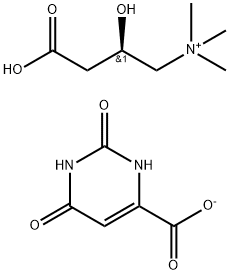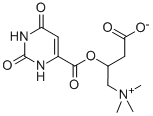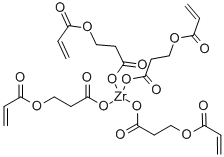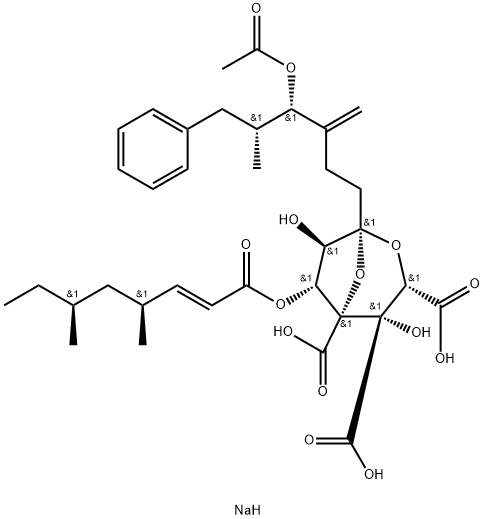2-Carboxyethylacrylate , 97%+(stabilizedwithMEHQ) , 24615-84-7
Synonym(s):
2-Carboxyethyl acrylate;3-(Acryloyloxy)propionic acid;3-Acryloyloxypropanoic acid;Acrylic acid 2-carboxyethyl ester;Acrylic acid dimer
CAS NO.:24615-84-7
Empirical Formula: C6H8O4
Molecular Weight: 144.13
MDL number: MFCD00040709
EINECS: 246-359-9
| Pack Size | Price | Stock | Quantity |
| 25g | RMB24.00 | In Stock |
|
| 100g | RMB52.00 | In Stock |
|
| 500g | RMB192.80 | In Stock |
|
| 1000g | RMB328.00 | In Stock |
|
| others | Enquire |
PRODUCT Properties
| Boiling point: | 103 °C/19 mmHg (lit.) |
| Density | 1.214 g/mL at 25 °C (lit.) |
| refractive index | n |
| Flash point: | >230 °F |
| storage temp. | 2-8°C |
| solubility | H2O: soluble |
| pka | 3.95±0.10(Predicted) |
| PH | 2.95 (10wt. % in H2O) |
| Water Solubility | H2O: soluble |
| Merck | 13,132 |
| InChI | InChI=1S/C6H8O4/c1-2-6(9)10-4-3-5(7)8/h2H,1,3-4H2,(H,7,8) |
| InChIKey | CYUZOYPRAQASLN-UHFFFAOYSA-N |
| SMILES | C(OCCC(O)=O)(=O)C=C |
| LogP | 0.600 (est) |
| EPA Substance Registry System | Hydracrylic acid acrylate (24615-84-7) |
Description and Uses
2-Carboxyethyl acrylate is a highly versatile monomer extensively used to produce diverse polymers. It can be polymerized in solution or emulsion, producing vinyl-acrylic, acrylic, or styrenic-acrylic polymers with greater flexibility due to lower glass transition of itshomopolymer (<30C) and improved adhesion. It finds applications in various polymer production processes, including those geared towards optical applications like optical fibers, optical waveguides, and optical lenses. Moreover, 2-Carboxyethyl acrylate is instrumental in synthesizing polymers used in energy storage applications, such as fuel cells, batteries, and supercapacitors. 2-carboxyethyl acrylate could be used as a new monomer in the gel casting of alumina. This low-toxic, water-soluble monomer modifies the ceramic suspensions' rheological properties and minimizes the oxygen inhibition's negative effect [1-3].
2-Carboxyethyl Acrylate is used in the preparation of DNase enzyme derivatives that act as potent preventative material of bacterial adhesion and biofilm formation in biomaterials.
Safety
| Symbol(GHS) |  GHS05 |
| Signal word | Danger |
| Hazard statements | H314 |
| Precautionary statements | P280-P301+P330+P331-P303+P361+P353-P304+P340+P310-P305+P351+P338-P363 |
| Hazard Codes | C,Xi |
| Risk Statements | 34-36/37/38 |
| Safety Statements | 23-26-36/37/39-45-36 |
| RIDADR | UN 3265 8/PG 2 |
| WGK Germany | 3 |
| RTECS | UD3325250 |
| HS Code | 29161290 |





